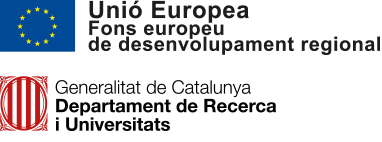UV Photolithography (Mask aligner)
Photolithography, also termed optical lithography or UV lithography, is a process used in microfabrication to pattern parts of a thin film or the bulk of a substrate. It uses light to transfer a geometric pattern from a photomask to a light-sensitive chemical "photoresist", or simply "resist," on the substrate.
Photolithography shares some fundamental principles with photography in that the pattern in the etching resist is created by exposing it to light, either directly (without using a mask) or with a projected image using an optical mask. This procedure is comparable to a high precision version of the method used to make printed circuit boards. Subsequent stages in the process have more in common with etching than with lithographic printing. It is used because it can create extremely small patterns (down to a few tens of nanometers in size), it affords exact control over the shape and size of the objects it creates, and because it can create patterns over an entire surface cost-effectively.
Technical specifications
Manufacturer: Kloé
Model: KUB 3
• Light source: 365nm UV LED
• Power density: 35mW/cm2
• Compatible with standard photoresists (AZ, SU8, Shipley)
• Substrate sizes: from 2x2mm up to 100x100mm
• Mask size: 5”
• Minimum linewidth: 2um
• Alignment accuracy: 1um
• Colour touchscreen
The UV Photolithography has received funds from the CENanoTech project. In turn, the CENanoTech projectThe CENanoTech project (ref.: 2015 FEDER/S-16) is funded through the call for the development of R&D infrastructures launched by the Regional Ministry of Economy and Knowledge, of the Generalitat de Catalunya, with funding received from the European Regional Development Fund. The project has also been co-funded by the Severo Ochoa Programme granted by the Spanish Ministry of Economy, Industry and Competitiveness.

Contact
-
 Raúl Pérez Rodríguez
Raúl Pérez Rodríguez
Senior Laboratory Officer for the Nanofabrication Laboratory
raul.perez(ELIMINAR)@icn2.cat
Tel. +34937373645
Associated Groups/Units


